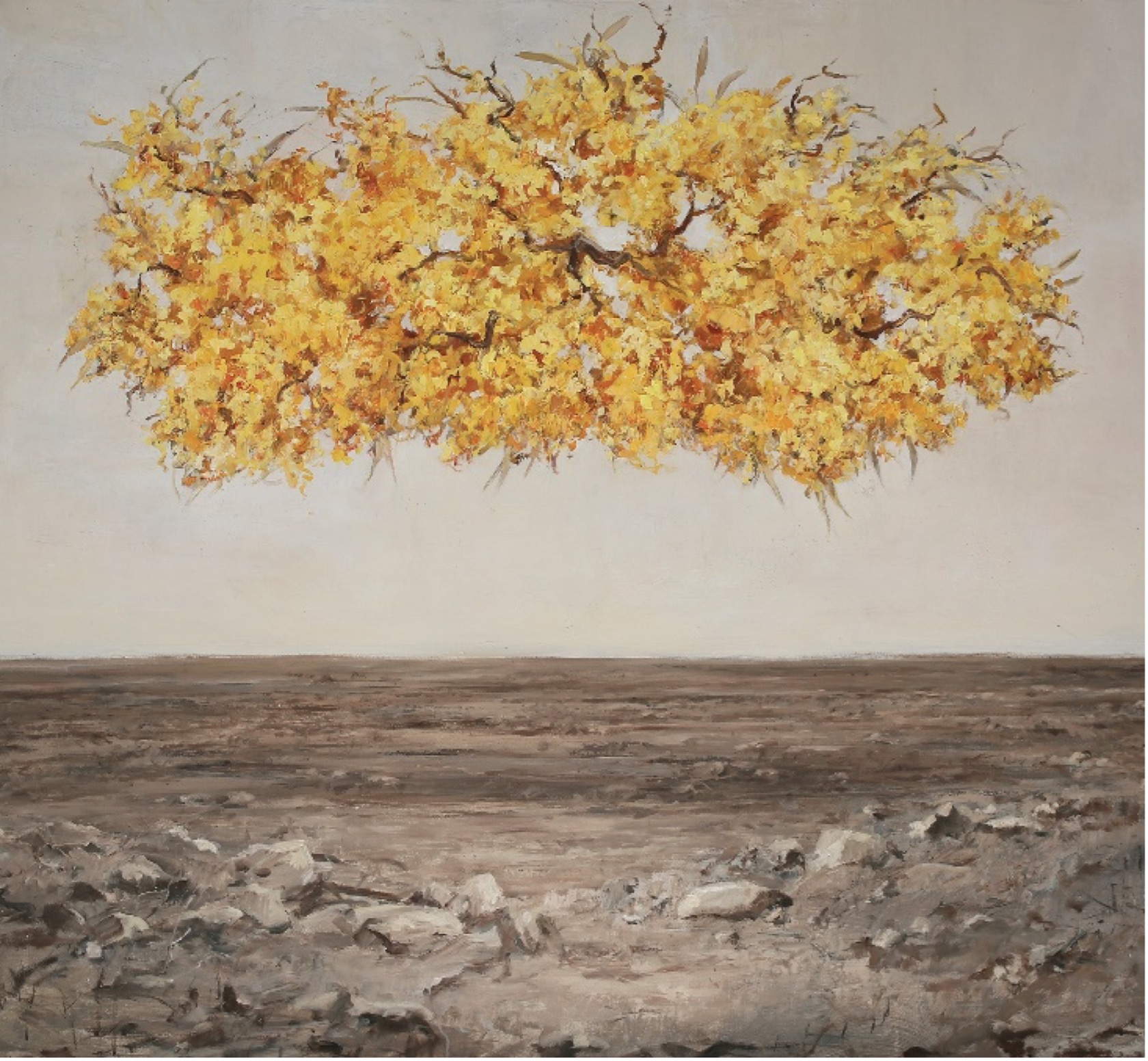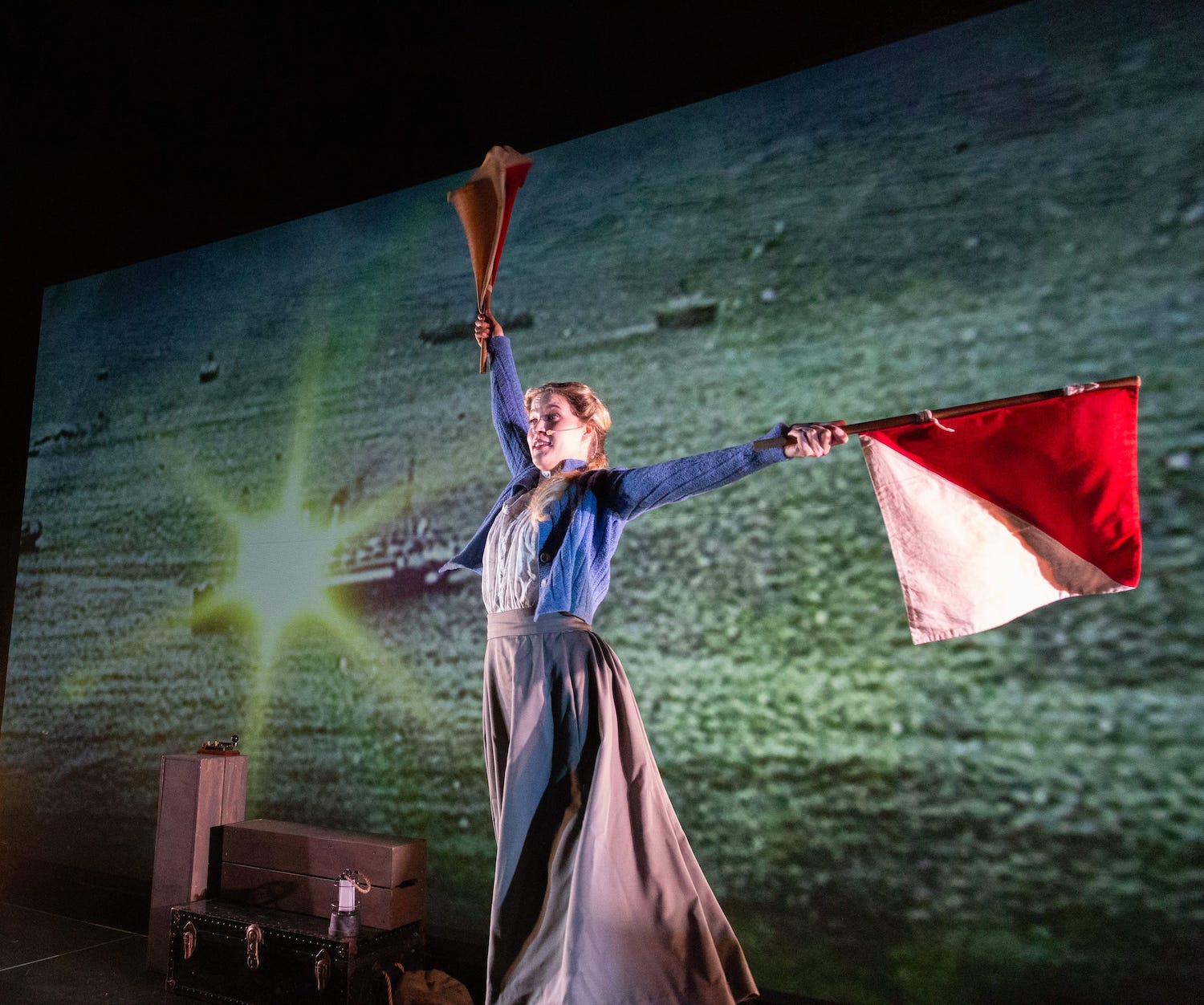
The Shire of Ashburton in the heart of WA’s spectacular Pilbara region in WA’s north is a hidden treasure reaching from the coast at Onslow to the gorges of the Karijini National Park.
The park comes alive from July 5 to 9 with the sound of the Banjima People’s culture as they celebrate the Karijini Experience, a festival of Aboriginal music, art, fashion and food.
It’s also a great time to combine the Karijini Experience and to take in the pristine coastline and spectacular gorges of Ashburton which promotes itself as ‘WA’s ultimate reef to range experience’.
The region’s striking natural environment includes stunning coastline and coral reefs, as well as deep gorges, waterholes, vast night skies offering spectacular astrotourism opportunities, and the beautiful Karijini and Millstream Chichester national parks.
These ancient national parks feature some of the oldest living geology on the planet formed 3.4 billion years ago.
But more than that, their remote, stunning beauty where red-cliffed gorges and crystal-clear pools appear out of the red dirt are a source of wonder, particularly for overseas visitors trying to come to grips with a landscape unlike anything they have seen before.
A trip to Ashburton is not about five-star hotels and swanky shops, this is four-wheel drive, caravans, and swags country, full of untouched places.
It’s where you go to see wide-open vistas and to stare at unblemished night skies, and where the vivid blue sea gives way to the rugged red of the inland.

Tourists often choose to use the little mining town of Tom Price as a base of operations where a supermarket provides essential supplies, to top up the fuel tank or enjoy a restaurant meal.
For those looking for something a little more structured to their travels, the town is also the starting point for a range of half-day and full-day tours.
There’s a bus tour of the Rio Tinto Iron Ore Mine Site with a 90-minute guided tour of the open-cut iron ore mine in Tom Price, which is one of the largest in the world.
There are several half-day and full-day tours of Karijini to take in the gorges, waterfalls and pools as well as single and multi-day adventure tours.
Astrotours also run most nights in peak season at Karijini operating from the Dales Gorge campground where the lack of city lights means the stars can be seen with incredible clarity.
For those who have a taste of Banjima culture at the Karijini Experience and want to delve deeper into Aboriginal culture Ngurrangga Tours’ Clinton Walker, a descendant of the Ngarluma and Yindjibarndi people, leads tours that delve into bush foods and medicines, stunning locations, rock art, and traditional songs and using the wirra (boomerang).
And of course, while visitors are at Karijini they should make the most of their time there.
Karijini covers 627,422 hectares and is Western Australia’s second-largest national park with rugged scenery, ancient geological formations, and a range of recreational experiences.
There are many walk trails to enjoy the spectacular scenery of the gorges with their dramatic waterfalls and clear, fresh pools.

They make a great spot for a dip after a bracing walk. Fern Pool, one of the most picturesque settings in the park is an easy walk with handrails and stairs which makes it a popular destination for visitors.
On the coast Mackerel Islands tours, mainly operating from Thevenard Island, have a range of wildlife, scuba diving, sunset and fishing tours.
Accommodation is at a premium in the Pilbara with mining companies always looking for places for their workers to stay, but visitors to the coast have the Onslow Ocean View Caravan Park, and national parks visitors have options of the Tom Price Tourist Park, Millstream Chichester campsites, Karijini campsites, or a traditional station stay experience at Cheela Plains.
It’s wise to book all these places well ahead of time.
Visitors also need to take into consideration the distances involved in a Pilbara adventure.
From Onslow to Tom Price is around a five-hour drive and from there to Karijini is 97km and from Tom Price to Millstream is 315km. While the roads are generally pretty good, travellers will come across some gravel, and for the most part two-wheel-drive will cope, but to get to some of the more out-of-the-way spots you’ll need four-wheel drive.
Visit www.visitashburton.au for suggested itineraries and things to do and see.

































